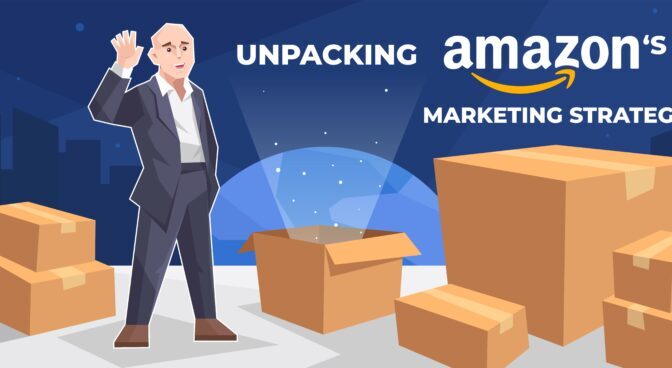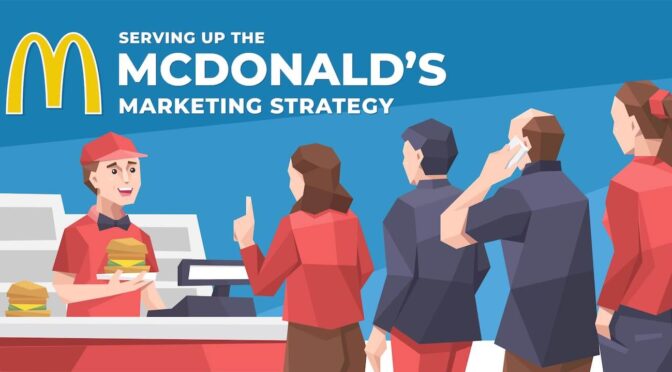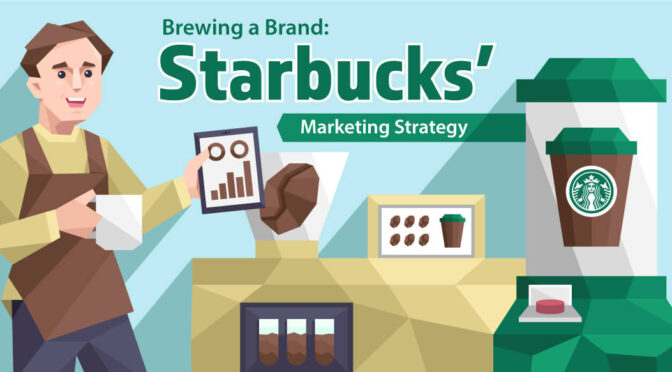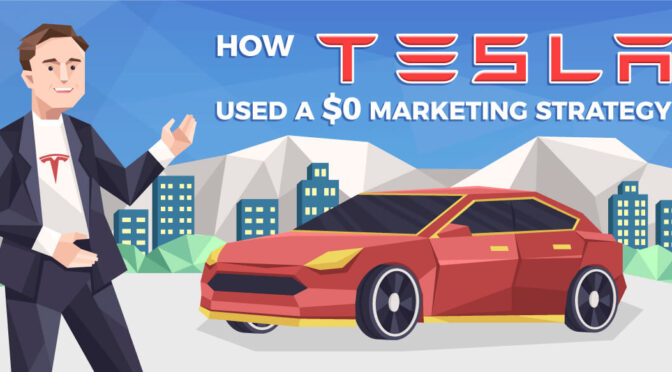Ever wonder how to get more Facebook likes? In this guide, I’ll show you how we got over 60,000 Facebook likes in 3 months, then used those likes to predict and influence what customers would buy.
My Strategy for Getting More Facebook Likes, Quickly
While running my T-Shirt business, we used Facebook Like campaigns to generate tens of thousands of likes to our Facebook pages. Then we would routinely use those Facebook likes to predict what people would buy. Using that information, we’d create products (t-shirts, hoodies, etc.) and sell hundreds of thousands of dollars worth of products. Products we already knew people wanted, before we made it.
Although the examples in this post will be from the t-shirt industry, the overall strategy can be used in just about any business. Almost every business can benefit from:
- Knowing exactly what your customers want to buy,
- Quickly getting more fans and followers,
- Being able to rapidly and cheaply test new ideas, before investing in creating new products,
- Using social media to get new customers, as well as get existing customers to buy more often.
Here, I’ll walk you – step by step – through the entire process we used. I’ll start by explaining how we got tens of thousands of Facebook likes, in multiple industries. Then I’ll show you how to build a strong relationship with your fans, and finally how to use your fans to inform product decisions and generate more sales.
Note: You should never buy fake likes. Fake likes hurt your engagement, and will hurt your social media marketing overall. All our likes either came in organically, or through Facebook’s own “Like Campaigns”.
How Facebook’s “Like Campaign” Ads Work
A Facebook Like Campaign is an ad campaign type within Facebook’s ad platform. The ad unit can be displayed on both mobile and desktop. The way it works is very similar to other ad types, except in this case people don’t click off of Facebook.
Instead, the call to action on the ad is “Like Page”. When someone clicks on the like button, they’ll like your page. Clicking on the image or your page name takes them to your page, where they can learn more about your page and potentially like your page there.
Here’s a screenshot from our ad account, generating 63,000 likes in 3 months:

In this guide, we’ll use our writer page for the majority of our examples. We’ve used a similar strategy in a lot of different industries, but using just one industry will help illustrate how this works.
Our writer page currently has about 37,000 fans: 
The way you setup a like campaign is identical to other ad types:
- First, you create a campaign in Ads Manager or Power Editor.
- Next, you create your targeting, just like any other ad. Retargeting audiences, lookalike audiences, or audiences you already know convert are great places to start.
- Finally, you upload your ad creative.
Let’s go through this with a real world example.
How to Get Real Facebook Likes for $0.06 Cents Each
The key to getting inexpensive likes is to create an ad that gets people in your audience to think: “That sounds great! I’d like to get that page’s content in my newsfeed. Sign me up.”
Here are a few things that’ll help:
- Don’t be a corporate page. It’s hard to get people to like United Airlines’ Facebook page. On the other hand, it’s much easier to get someone to like an “I Love to Travel” page.
- For brands – like United Airlines – many of these tactics should still work. Just expect like costs to be a bit higher.
- Use keyword in your page name if possible. Invented names like “Kaizeo” are harder to work with than “Writers United” (if you’re targeting writers.)
- Spell out what people will get if they like your page. For example, “get daily inspiration, how-tos & humor”. Don’t ask people to like just for the sake of liking your page.
- Users should feel like they’re getting value by liking your page, not doing you a favor by liking your page.
- Using images that stick out in the Facebook news feed. Your ad should break people out of their “news feed trance” and get them to pay attention to your ad.
- Test cartoons – cartoons have performed well for us across multiple industries.
- Test lots of different images. The images will make the biggest difference.
The last one is the key. Our cost per like ranged from $0.74 each to $0.05 each. That’s a 1,480% difference. The way we get cheap likes is by testing many different images.
Example: Here Are 5 Images We Tested
Testing images is a big part of succeeding with Facebook like ads. In our writer example, we saw a range from $0.06 per like to $0.24 per like. Here are the images we tested.
This ad generated likes at $0.13 each:

This ad generated likes at $0.12 each:

This ad generated likes at $0.14 each:

This ad generated likes at $0.24 each:

This ad generated likes at $0.06 each:

Clearly, in this case the last image was the winner.
We would typically start with just $10 a day on these ad campaigns.
We’d quickly kill off the worst performing ads, and whittle it down until there’s one left standing. Then we’d slowly turn up the budget until we were spending about $30 per day.
Using this process, we got our average lead cost to around 6 or 7 cents. At that pace, $1,200 gets us 20,000 likes.
Now that you have a page with thousands of followers – how do you leverage that into actual sales and revenue?
Cultivating a High Engagement Facebook Page
You’ve probably heard that Facebook only shows your page posts to about 1% of your followers for any given post.
While this is true on average, we found that we could often get over 70% of our like count in our post view counts. For example, if we had 20,000 likes, we’d frequently have posts that had 15,000 in views.

Here’s the bottom line: if you create content that is engaging, Facebook will reward you by showing your posts to more of your audience. Even though the average page gets only 1% viewership, if your engagement is far above average, your viewership can be far above average as well.
Which begs the question: what kind of content do people engage with? What kinds of content do people LOVE to comment on, like, and share?
Content that does well:
- Image posts
- Funny, inspiring, witty
- Images that stand out
- Videos
- Text posts asking the community for input
Content that does NOT do well:
- Purely promotional posts
- Posts about your company or products
- Text only posts
- Uninteresting or emotionless posts.
Content that SOMETIMES works:
- Videos. We found the image posts outperformed for us in every market we were in. However, pages like Tasty have clearly shown that video-only posts can do really well. This is something you’ll have to test for yourself.
Your page should be a place people look forward to visiting. When they see your page name in their feed, they should smile to themselves. Their reaction should not be “groan … what are they trying to sell me this time?”
We scheduled five posts per day, seven days a week. That’s 35 posts a week.
Does that seem a bit excessive? Remember – Facebook only shows your posts to a small portion of your audience. If Facebook is showing your posts to 5% of your audience (which is already way above average) – that means that if you post 5x a day, only 25% of your audience is seeing your post that day. Another way to look at it is that everyone on your page sees a post once every four days.
Of course, the distribution isn’t perfectly even. Some people will see 2-3 posts from you a day, and some won’t see any posts for weeks. But on average, if you post 5 times a day, your engagement will still be pretty high and you’ll maximize your chances of getting in front of your audience with your best content.
Leverage Your Engagement for Sales and Revenue
Okay, so now you’ve got a few thousand followers. And you’ve regularly posted content that gets your fans engaged. You’re showing up more and more in Facebook’s algorithm, and people are regularly liking, sharing and commenting on your posts.
Now, how can you turn that social capital into … well, actual capital?
The most valuable use of our Facebook pages came from insights that we turned into products. Our Facebook pages were never a big source of direct sales for us. Instead, we used the intel we got from our posts to direct our sales efforts.
If we tried to sell directly to our audience by posting on Facebook, we’d generally make about 5 sales per post. That’s not worth the cost and effort we had to put into generating our audience. If we only approached our fans as a direct sales channel, it wouldn’t be worth doing like campaigns.
Fortunately, the real value of having a highly engaged Facebook page comes in using the engagement to inform your products and your marketing. You can use it to predict what people want to buy, and how they want to be sold to – and launch marketing campaigns that you know will succeed before you even launch your campaign.
Use Facebook Insights to Spot Outliers
The easiest way to see what people strongly resonate with is by checking your Facebook Page’s Insights dashboard. Generally you’ll see that most of your posts have an “average” amount of reach and engagement. Then, every once in a while, one will be an outlier – something that gets a lot more engagement than the average.
For example, on this page we consistently got around 4,000 reach on a post. But this outlier has 15,000 reach and a much higher engagement:

That tells me something about that post strongly resonated with our audience. I can turn that into a Facebook Ad, product, or email campaign.
Let’s take a look at a real world example.
Case Study: Using Our Engagement to Sell $37,000 of One T-Shirt Design
Early on, when we’d just started our Facebook Page, we had a post get an unusually high amount of engagement. Almost 1,000 likes and 650+ shares. That told us that this message strongly resonated with the audience.

So, we hired a designer on 99Designs.com and turned it into a t-shirt design.
We ended up running the design three times, selling over $37,000 in a couple months.
Furthermore, the ad itself we used to advertise the t-shirt got 46,000 likes and nearly 20,000 shares, which helped us get a lot more Facebook likes as well:

You see the ad live on Facebook here.
This in turn drove thousands of free likes for our Facebook page, further increasing our reach and giving us even more insights into our customers.
Applying These Strategies to Any Industry
Not every business can directly turn a Facebook post into a product. How can you use these strategies to help grow your company, if you can’t directly turn a Facebook post into a product?
- Use this to create new marketing angles. If a post goes viral, it’s likely hit on an emotional nerve within your market.
- Identify product improvements.
- Identify new product ideas. These can even just be upsells.
- Reach out and have private conversations with customers.
- Turn them into testimonials or case studies.
- Find gaps in your brand and plug them.
- Know how you’re doing. Companies often think they’re doing great, until their customers tell them otherwise.
- Avoid costly product launches. Waterfall vs. Lean Methodology.
- Find inexpensive “Surprise and Delight” opportunities.
These are just some of the many ways that having an ongoing two-way dialogue with your customers can help your company.
You now know how to very quickly build up new Facebook pages, and get them to be extremely engaging with your followers. And you learned how to use those highly engaged fans to do market research, test new product ideas, and get feedback.
What strategies have you found for quickly growing an audience?How are you leveraging your audiences in your company? Share in the comments below!
Ian Luck
Founder – MarketingStrategy.com



















Title
DirectorSpecialties
This is such a clever strategy! Too bad it’s not this easy anymore with Facebook re-working their algorithm
Title
FounderSpecialties
It was nice while it lasted
Title
ConsultantSpecialties
Ha!! I love this.
Title
FounderSpecialties
Thanks Hans!